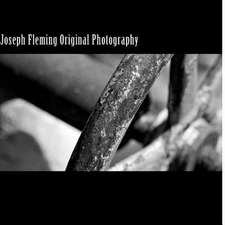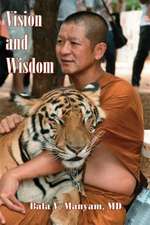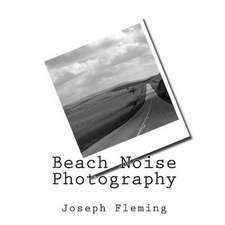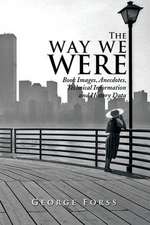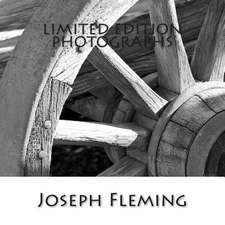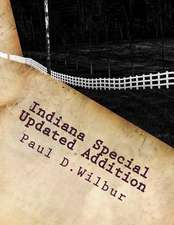Frederic Chaubin: Cosmic Communist Constructions Photographed
Autor Frédéric Chaubinen Limba Engleză Hardback – 31 ian 2011
The fourth age of Soviet architecture
In this volume photographer Frédéric Chaubin reveals 90 buildings sited in fourteen former Soviet Republics which express what could be considered as the fourth age of Soviet architecture. They reveal an unexpected rebirth of imagination, an unknown burgeoning that took place from 1970 until 1990. Contrary to the twenties and thirties, no “school” or main trend emerges here. These buildings represent a chaotic impulse brought about by a decaying system. Their diversity announces the end of Soviet Union.
Taking advantage of the collapsing monolithic structure, the holes of the widening net, architects revisited all the chronological periods and styles, going back to the roots or freely innovating. Some of the daring ones completed projects that the Constructivists would have dreamt of (Druzhba sanatorium), others expressed their imagination in an expressionist way (Tbilisi wedding palace). A summer camp, inspired by sketches of a prototype lunar base, lays claim to its suprematist influence (Promethee). Then comes the speaking architecture widespread in the last years of the USSR: a crematorium adorned with concrete flames (Kiev crematorium), a technological institute with a flying saucer crashed on the roof (Kiev institute), a political center watching you like a Big Brother (Kaliningrad House of Soviet). This puzzle of styles testifies to all the ideological dreams of the period, from the obsession with the cosmos to the rebirth of privacy and it also outlines the geography of the USSR, showing how local influences made their exotic twists before bringing the country to its end.
In this volume photographer Frédéric Chaubin reveals 90 buildings sited in fourteen former Soviet Republics which express what could be considered as the fourth age of Soviet architecture. They reveal an unexpected rebirth of imagination, an unknown burgeoning that took place from 1970 until 1990. Contrary to the twenties and thirties, no “school” or main trend emerges here. These buildings represent a chaotic impulse brought about by a decaying system. Their diversity announces the end of Soviet Union.
Taking advantage of the collapsing monolithic structure, the holes of the widening net, architects revisited all the chronological periods and styles, going back to the roots or freely innovating. Some of the daring ones completed projects that the Constructivists would have dreamt of (Druzhba sanatorium), others expressed their imagination in an expressionist way (Tbilisi wedding palace). A summer camp, inspired by sketches of a prototype lunar base, lays claim to its suprematist influence (Promethee). Then comes the speaking architecture widespread in the last years of the USSR: a crematorium adorned with concrete flames (Kiev crematorium), a technological institute with a flying saucer crashed on the roof (Kiev institute), a political center watching you like a Big Brother (Kaliningrad House of Soviet). This puzzle of styles testifies to all the ideological dreams of the period, from the obsession with the cosmos to the rebirth of privacy and it also outlines the geography of the USSR, showing how local influences made their exotic twists before bringing the country to its end.
Preț: 363.47 lei
Nou
Puncte Express: 545
Preț estimativ în valută:
69.57€ • 75.60$ • 58.48£
69.57€ • 75.60$ • 58.48£
Carte disponibilă
Livrare economică 01-15 aprilie
Livrare express 15-21 martie pentru 133.79 lei
Preluare comenzi: 021 569.72.76
Specificații
ISBN-13: 9783836525190
ISBN-10: 3836525194
Pagini: 288
Ilustrații: zahlreiche Abbildungen
Dimensiuni: 267 x 345 x 28 mm
Greutate: 2.74 kg
Editura: Taschen Books
ISBN-10: 3836525194
Pagini: 288
Ilustrații: zahlreiche Abbildungen
Dimensiuni: 267 x 345 x 28 mm
Greutate: 2.74 kg
Editura: Taschen Books
Notă biografică
About the photographer:
Frédéric Chaubin was born in Phnom Penh in 1959. For the last fifteen years, he has been editor-in-chief of the French lifestyle magazine Citizen K. Since 2000 he has regularly featured his photographic works combining architecture and travel. The CCCP collection research was carried out from 2003 to 2010 in an intuitive process.
Frédéric Chaubin was born in Phnom Penh in 1959. For the last fifteen years, he has been editor-in-chief of the French lifestyle magazine Citizen K. Since 2000 he has regularly featured his photographic works combining architecture and travel. The CCCP collection research was carried out from 2003 to 2010 in an intuitive process.
Descriere
In this volume photographer Frederic Chaubin reveals 90 buildings sited in 14 former Soviet Republics which express what could be considered as the fourth age of Soviet architecture.

